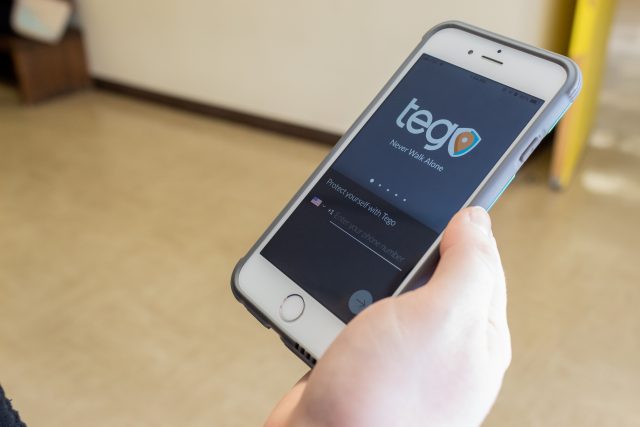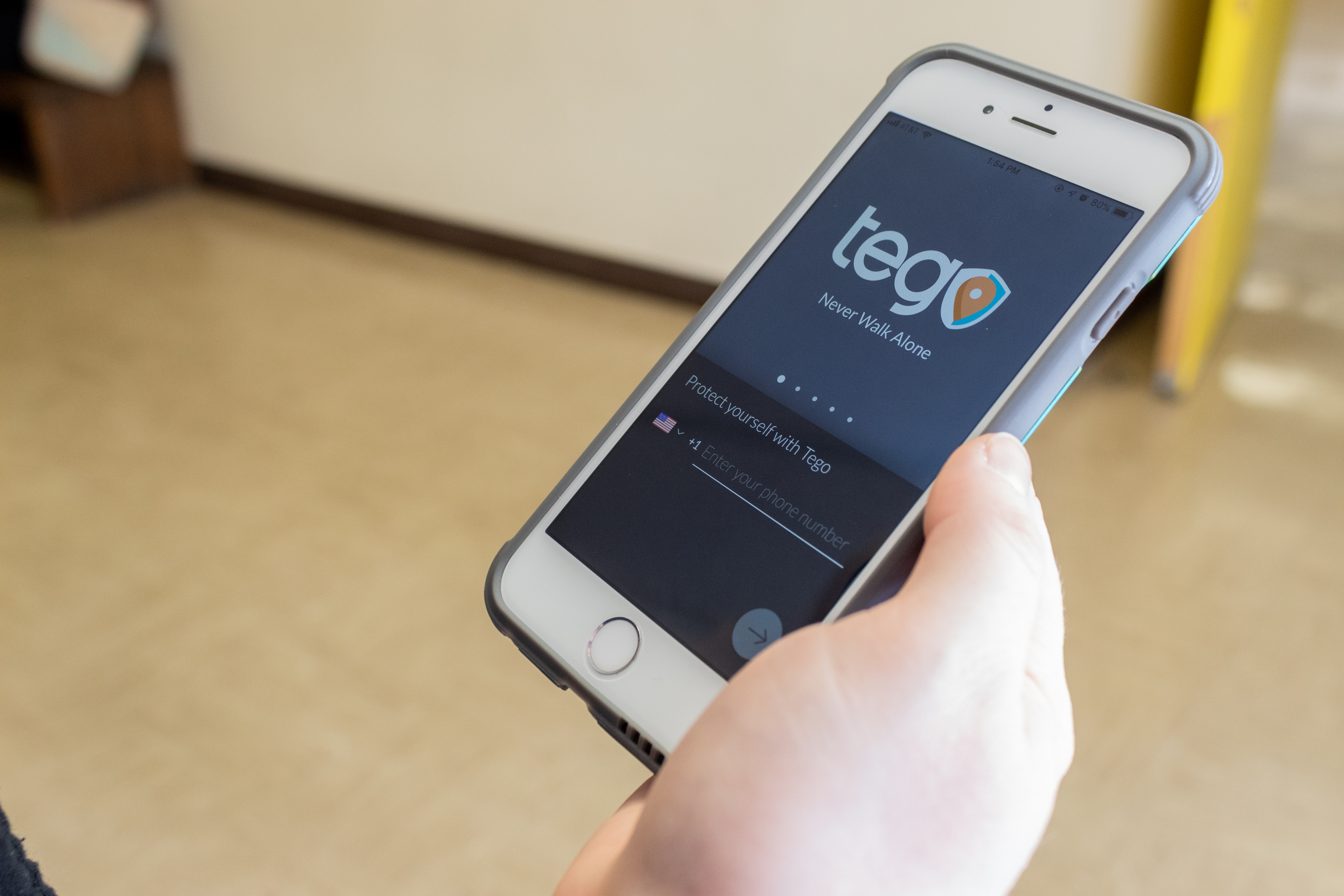By Courtney Hibler
Angela Rucci has been scared to leave her house since she was assaulted at a grocery store in Columbus, Ohio, while attending The Ohio State University.
Rucci described her assault as a terrifying experience and said she would call her father daily when walking home from school or a night out with friends just to feel safe.
The incident inspired her to create a safety app, Tego, that would notify friends and family when an individual has arrived safely at their destination.
“I created [Tego] for the 2018 OSU Hackathon,” she said. “I won first place out of 750 students, and this really gave me the confidence and validation that this app needed to become available for others.”
The app became available for free use for iOS users in March, and it will be available for Android users in August.
The name Tego comes from the spell “Protego” in the “Harry Potter” book and film series. In the series, the spell provides an invisible shield of protection for wizards much like the app provides for users.
“The app provides safety with just two taps,” Rucci said. “Users are able to choose their destination and assign up to 10 contacts as protectors during the course of their trip.”
According to Rucci, once the user arrives at their designated destination, Tego automatically notifies their assigned protectors. If a user indicates they feel unsafe, he or she is able to send live video footage to protectors.

Hannah Colburn, a junior in the pre-pharmacy track at Youngstown State University, said she has felt unsafe on occasion when walking to her car in the evening on campus.
“I usually walk across campus to the Wick deck, and there are nights when I feel paranoid because you never know what could happen,” she said. “I think Tego is a great idea, and I’ll be downloading the app to my phone to use.”
Mark Thorn, co-founder of Tego, said other features are available on the app, as well.
“You can use it as a meet up app for friends and family,” he said. “It’s just one of the many great uses we have created for Tego.”
Thorn said another feature of Tego includes the estimated arrival time turning red if the user is taking longer than expected to arrive at their destination.
“Although we know some people have disabilities and walk at a slower pace, we will never end your trip for you until we know you’ve made it home safely,” Rucci said.
In Rucci’s opinion, everyone should be aware of their surroundings and always have a plan of action.
“We are trying to help as many people as we can to get home safely. You can be a victim of crime at any time during the day,” Rucci said. “We truly care for others through our technology and hope to achieve a large usage.”
